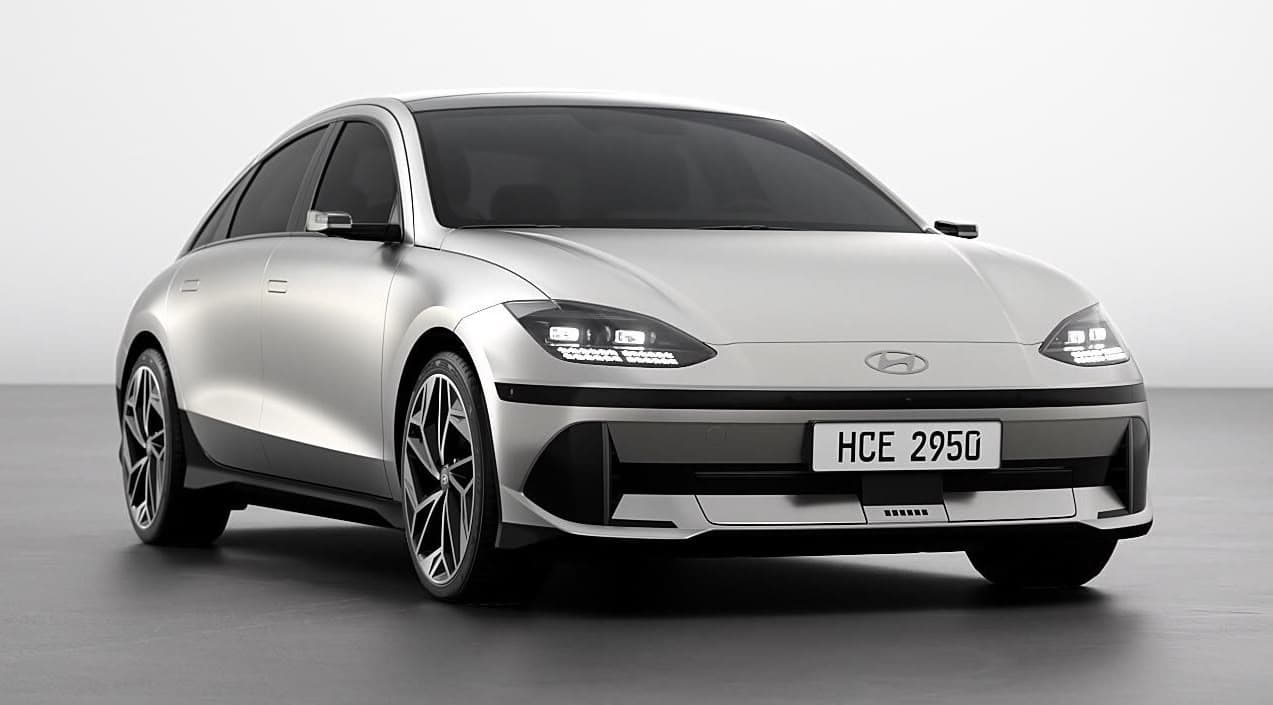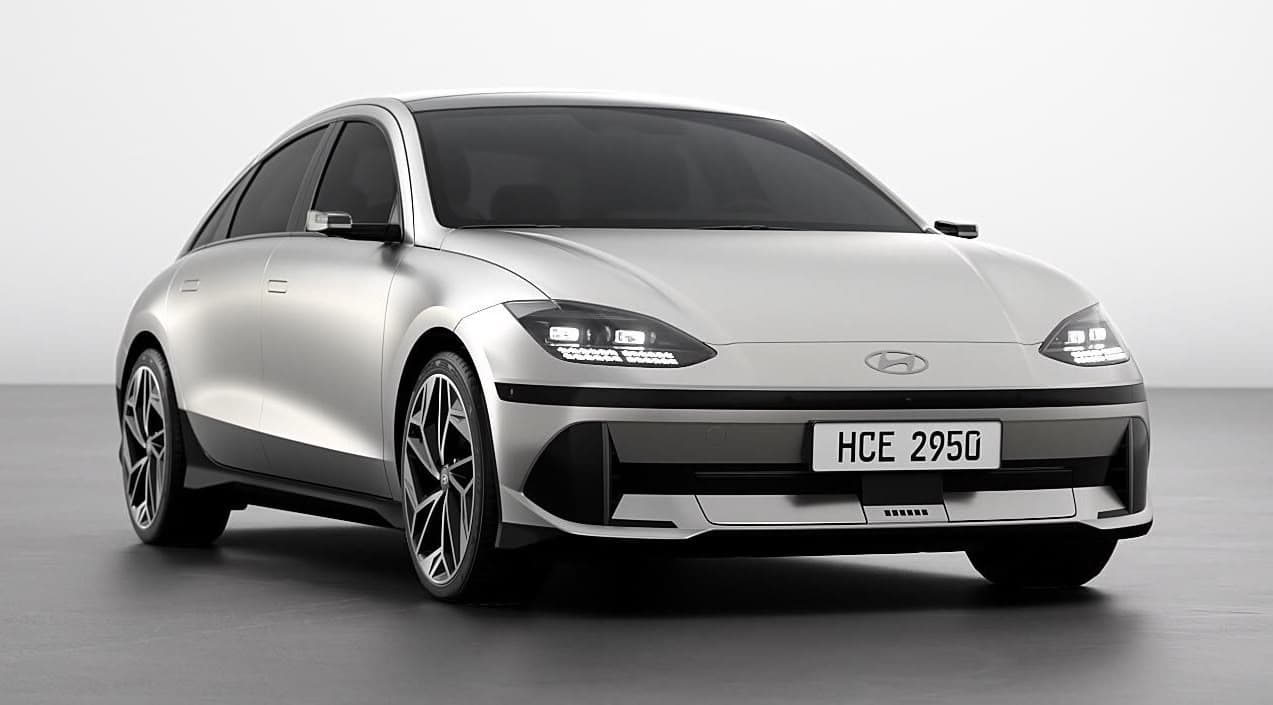Hyundai IONIQ 6

Range (WLTP)
429 - 614 km
Battery Size
58 - 77.4 kWh
Variants
Performance
0-100 km/h
7 sTotal Power
239 kWTorque
605 NmTop Speed
185 km/hDrive
AWDRange & Efficiency
WLTP Range
519 kmWLTP Consumption
169 Wh/kmHighway Range
405 kmYour Real Range
Calculate Battery & Charging
Battery (nominal)
77.4 kWhBattery (usable)
77.4 kWhBattery type
NMCAC Charging
10.5 kWDC Charging
233 kWVehicle-to-Load (V2L)
YesDimensions & Weight
Length
4855 mmWidth
1880 mmHeight
1495 mmGround Clearance
141 mmWeight
2020 kgShape
Large SedanSeats
5Storage & Towing
Boot Space
401 LBoot Space (Max)
—Frunk
12 LTowing (Braked)
1500 kgTowing (Unbraked)
750 kgHow many Hyundai IONIQ 6 have been sold in NZ?
There have been 198 registered to date (all NZ new).
Hyundai IONIQ 6 registrations
Monthly units (includes new and used import)

